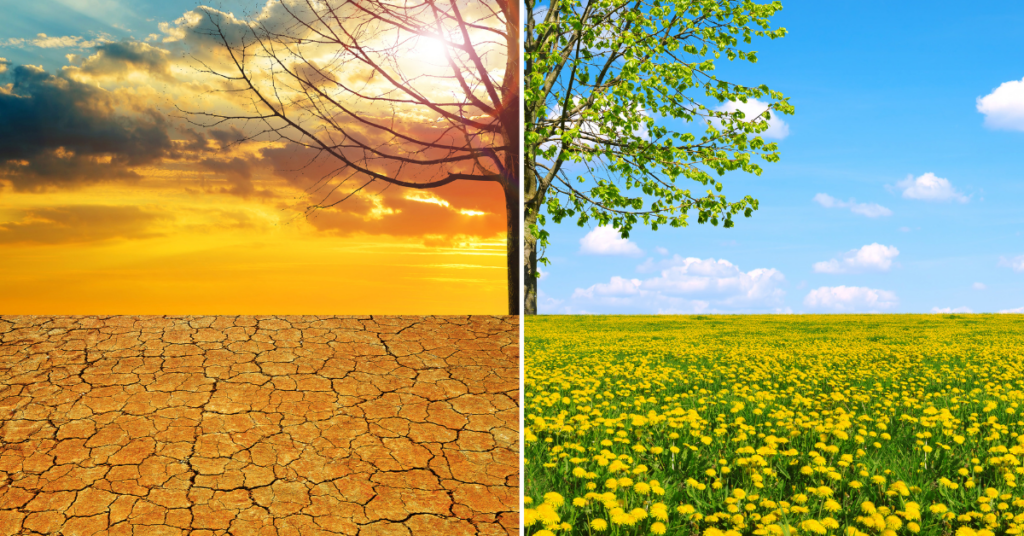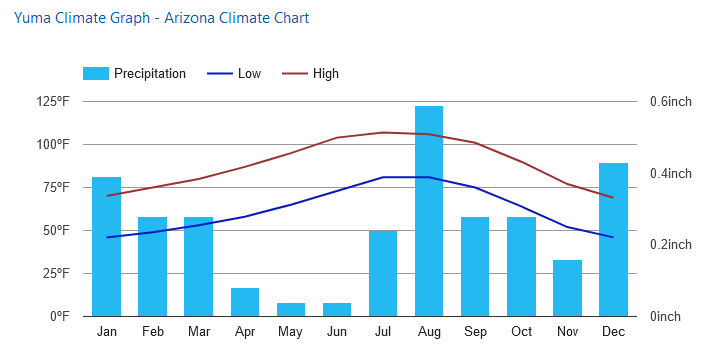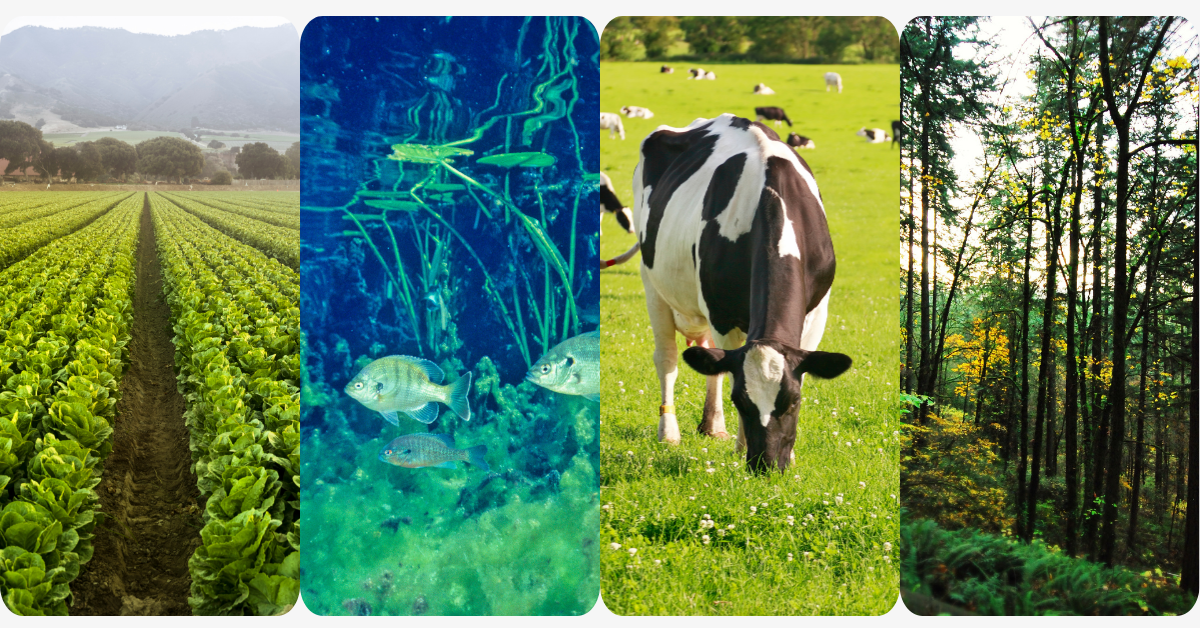
What If We Could Bring Water to Arid and Semi-Arid Areas?
(This is part 1 of a 6-part series exploring transforming arid areas with water)
Water is the foundation of life, yet it remains elusive in many arid and semi-arid regions. It shapes landscapes, sustains ecosystems, and powers economic development. Yet, vast stretches of our planet, including large parts of Australia, the Western United States, South America, the Middle East and North Africa, India, and China are classified as arid or semi-arid, where water is scarce, and the environment seems barren. But what if we could bring sufficient water to these areas? What transformative changes might occur, and what could the economic implications be? This blog explores the potential impact of adding water to arid and semi-arid regions, focusing on both environmental and economic opportunities. The good news is, there is a way to achieve this goal.
Defining Arid and Semi-Arid Areas
Arid and semi-arid areas are defined by their extremely low levels of rainfall. Arid regions typically receive less than 250 millimeters (about 10 inches) of rainfall per year, while semi-arid regions receive between 250 to 500 millimetres (about 10-20 inches) annually. These areas are often characterized by extreme temperatures, sparse vegetation, and soils that are poorly developed or even degraded. National Park Service

Low rainfall example: Yuma, Arizona from U.S. Climate Data
In Australia, large parts of the interior, such as the Simpson Desert and much of Western Australia, fall into the arid category. Meanwhile, the semi-arid regions stretch over the edges of these deserts, where limited agricultural activities can be sustained, but water scarcity remains a constant challenge. However, despite these harsh conditions, the introduction of water has the potential to dramatically alter the landscape and open up new opportunities for human settlement and economic growth. This scenario can be repeated all across the globe.
The Role of Water in Ecosystems and Development
Water is the most critical factor for sustaining life. It is essential for agriculture, industries, and human survival. In arid and semi-arid regions, the lack of water limits agricultural productivity, hinders the growth of communities, and creates a cycle of poverty that is difficult to break. Moreover, biodiversity in these regions suffers, as many plant and animal species are unable to thrive in such harsh environments.
However, the introduction of sufficient water to these areas could unlock a chain reaction of growth and development. With access to water, previously barren lands could become fertile, allowing crops to grow and ecosystems to flourish. Water availability could support the growth of forests, create grazing land for livestock, and foster the reintroduction of native species, restoring ecological balance. Additionally, increased water supplies could lead to the establishment of new industries, supporting community growth and economic diversification.

Soil Types in Arid and Semi-Arid Areas
One of the primary challenges to agriculture in arid and semi-arid areas is the condition of the soil. These regions are typically dominated by soils that are low in organic matter, nutrient-poor, and prone to erosion due to lack of vegetation. But the introduction of water, combined with soil management techniques, could dramatically change the potential for these soils to support plant life.
Arid Soils
In many arid regions, soils tend to be sandy or rocky, with minimal organic matter. These soils are often loose and unable to retain moisture, making them difficult for agriculture. Additionally, some arid soils contain high concentrations of salts (saline soils), which can further inhibit plant growth. However, with the introduction of water and proper soil management practices, such as the addition of organic materials and soil amendments like gypsum, these soils could become more hospitable to crops. Irrigation could help mitigate salinity issues and increase the soil’s capacity to support a wider variety of plants. UC Davis
Semi-Arid Soils
In semi-arid regions, the soils are generally more varied, ranging from sandy loams to clay soils. Although they have higher organic matter than arid soils, they are still prone to compaction and erosion. Semi-arid soils tend to have better water retention capacity, meaning they could respond well to irrigation. By providing sufficient water, these soils could support more intensive agricultural activities, allowing for the growth of higher-value crops and greater yields. Managing these soils with practices such as crop rotation, mulching, and erosion control can significantly enhance their productivity and resilience. UC Davis
What Could Happen if We Added Sufficient Water?
So, what if we could bring enough water to arid and semi-arid regions? The transformation could be nothing short of revolutionary. By providing water to these areas, we could turn barren landscapes into vibrant ecosystems and thriving communities. Arid lands that were once limited to drought-tolerant shrubs could become fertile farmlands, supporting crops like wheat, vegetables, and even orchards. Semi-arid areas could see a shift from low-yield grazing to intensive agriculture, boosting food production and contributing to local and global food security.
Moreover, the introduction of water could open up new opportunities for economic development. Agriculture, the most obvious beneficiary, could be expanded with the introduction of irrigated farming systems. This, in turn, could lead to the growth of agri-businesses, creating jobs and boosting local economies. The ripple effect could extend to industries such as food processing, packaging, and export, driving growth across multiple sectors.
Additionally, access to water could fuel innovation and technology adoption. For example, the use of precision irrigation systems could optimize water use, while renewable energy technologies like solar-powered desalination could make water more accessible to remote communities. The impact of these innovations could extend beyond agriculture, fostering a new era of sustainable development in these regions.
Economic Implications
The economic implications of adding water to arid and semi-arid areas are vast. Increased agricultural productivity could enhance food security, reduce dependency on imports, and even turn these regions into export hubs for certain crops. Additionally, job creation would increase, particularly in agriculture, construction (for irrigation infrastructure), and agri-tech. Small businesses and local communities could benefit from increased investment, leading to overall economic growth.
Water also enables the development of industries beyond agriculture. In regions with abundant water resources, industries such as hydropower, tourism, and renewable energy could thrive. Restoring ecosystems and greening barren lands could attract tourists interested in nature and eco-tourism, further boosting the economy.

The Path Forward: Transforming Arid Regions with Innovation and Water
Bringing water to arid and semi-arid areas has the potential to transform not only the landscapes but the lives of people who inhabit these regions. Innovative companies like AquaterreX (www.aquaterrex.com) are applying cutting edge technology to locate vast amounts of untapped water that exists underground in order to solve this problem. By introducing water to these soils, we could see huge stretches of previously barren land become productive and economically viable. This “what if” scenario invites us to imagine a future where water scarcity no longer limits potential, where sustainable practices unlock economic growth, and where communities flourish in harmony with their environment. As we explore these possibilities in future blogs, we’ll delve deeper into the challenges and solutions for making this vision a reality.